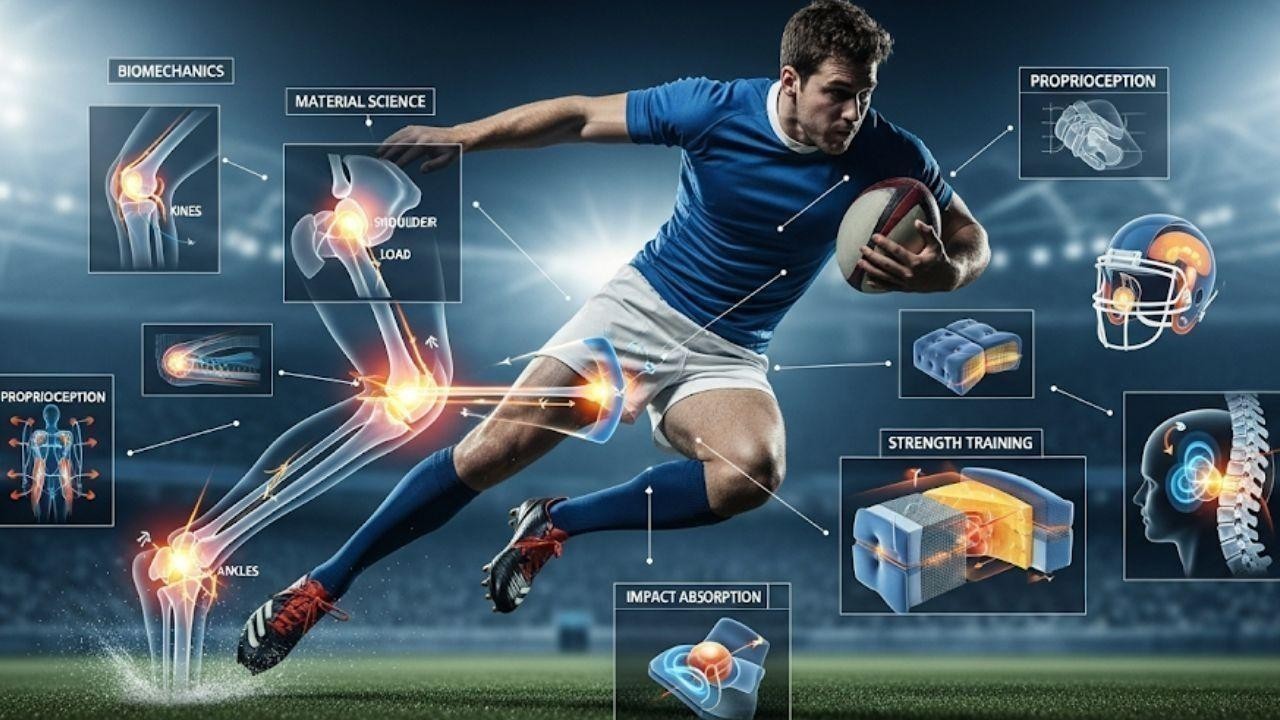
Author : Mukesh Kumar
In high-impact sports like football, basketball, rugby, MMA, and gymnastics, athletes work hard and push their bodies to perform at a very high level. These sports are fast, exciting, and full of action, but they can also be dangerous. The movements involved—like jumping, tackling, twisting, and running—can put a lot of pressure on the body.
Because of this, injuries are common in these sports. However, science is helping athletes avoid injuries and stay healthier. Through modern training, better equipment, and medical support, players can now train and compete with less risk. This article explains how science plays an important role in preventing injuries and keeping athletes safe.
Before learning how to prevent injuries, it's helpful to understand which injuries happen most often:
Sprains and Strains – These are injuries to muscles or ligaments caused by stretching or pulling too much.
Fractures – A broken bone caused by a fall or hard contact.
Dislocations – When a bone comes out of its joint, like a shoulder or knee.
Tendonitis – Swelling of tendons due to overuse, especially in the knees, shoulders, or elbows.
Concussions – Head injuries caused by a strong hit to the head, common in contact sports.
Some injuries happen suddenly during a game, while others develop slowly from repeated stress on the body. Either way, proper prevention is the best solution.
Biomechanics is the science of how the body moves. Sports scientists and coaches use it to study how athletes run, jump, land, and move during training and matches.
For example, if a basketball player lands in the wrong way after jumping, it could hurt their knee. Biomechanical analysis can help the coach teach the player how to land properly and avoid injury.
By improving posture and movement, biomechanics helps athletes stay safe and perform better.
Training the body through regular exercise is one of the best ways to prevent injuries. Strength and conditioning programs focus on:
Muscle strength and flexibility
Core stability (strong back and stomach muscles)
Joint support and mobility
Speed and balance
Athletes who stay strong and flexible are less likely to suffer injuries during intense competition. Many teams also include prehab exercises—special workouts designed to stop injuries before they happen.
Modern sports equipment is designed to protect the body while allowing players to move freely. Today’s gear is made with new materials and smart designs that reduce the risk of injury.
Some important examples include:
Helmets with built-in sensors to reduce head injuries
Compression clothing that supports muscles and improves blood flow
Shoes made to fit the foot shape and reduce ankle injuries
Mouthguards that track impact and help detect concussions
Wearing proper gear doesn’t just prevent injury—it also makes athletes feel more confident during play.
Sports medicine is a field focused on treating and preventing athletic injuries. Medical professionals work closely with athletes to keep their bodies in top shape.
They help in areas like:
Screening athletes to find injury risks early
Designing rehabilitation programs for faster recovery
Using treatments like ice therapy, massage, and stretching
Creating safe return-to-play plans after injury
Good recovery and injury care help athletes return to sports stronger and with less risk of repeat injuries.
The food and drinks athletes consume are just as important as their training. Eating a balanced diet and staying hydrated keeps the body strong and helps it recover after physical activity.
Key points include:
Protein helps repair and build muscle tissue
Electrolytes (from foods or drinks) prevent dehydration
Fruits, vegetables, and healthy fats reduce inflammation and support healing
Athletes should avoid junk food and too much sugar. Natural foods like bananas, nuts, water, and healthy meals are better for long-term health and performance.
Injury prevention is not only about the body. The brain also plays a big role. Athletes who are focused and mentally prepared are more likely to make good decisions and avoid risky movements during games.
Many teams now include:
Mental training and concentration exercises
Visualization techniques (mentally practicing movements before doing them)
Stress management and confidence building
Being calm and focused helps reduce mistakes and lowers the chance of getting hurt.
Here are some basic but effective ways athletes can stay safe:
Always warm up before playing and cool down afterward
Train regularly to build strength and flexibility
Use the correct gear for your sport
Learn and practice proper techniques (especially for jumping, tackling, and landing)
Listen to your body and rest when needed
Don’t ignore pain—report it to a coach or trainer
Stay hydrated and eat healthy meals every day
Today, injury prevention in high-impact sports is not just about being careful—it’s based on real science. Thanks to better research, training programs, equipment, and medical knowledge, athletes have more tools than ever to stay safe.
Whether you are a professional player, a coach, a parent, or just a young sports lover, understanding these safety methods can help you enjoy sports while avoiding injuries.
Sports should be fun, challenging, and rewarding. With the right care and preparation, they can also be safe.

Gastroenterologist Shares How Janhvi Kapoor’s Eating Hack Can Help You Lose Weight
Gastroenterologist explains Janhvi Kapoor’s mindful eating hack: chew each bite for 15 seconds to im
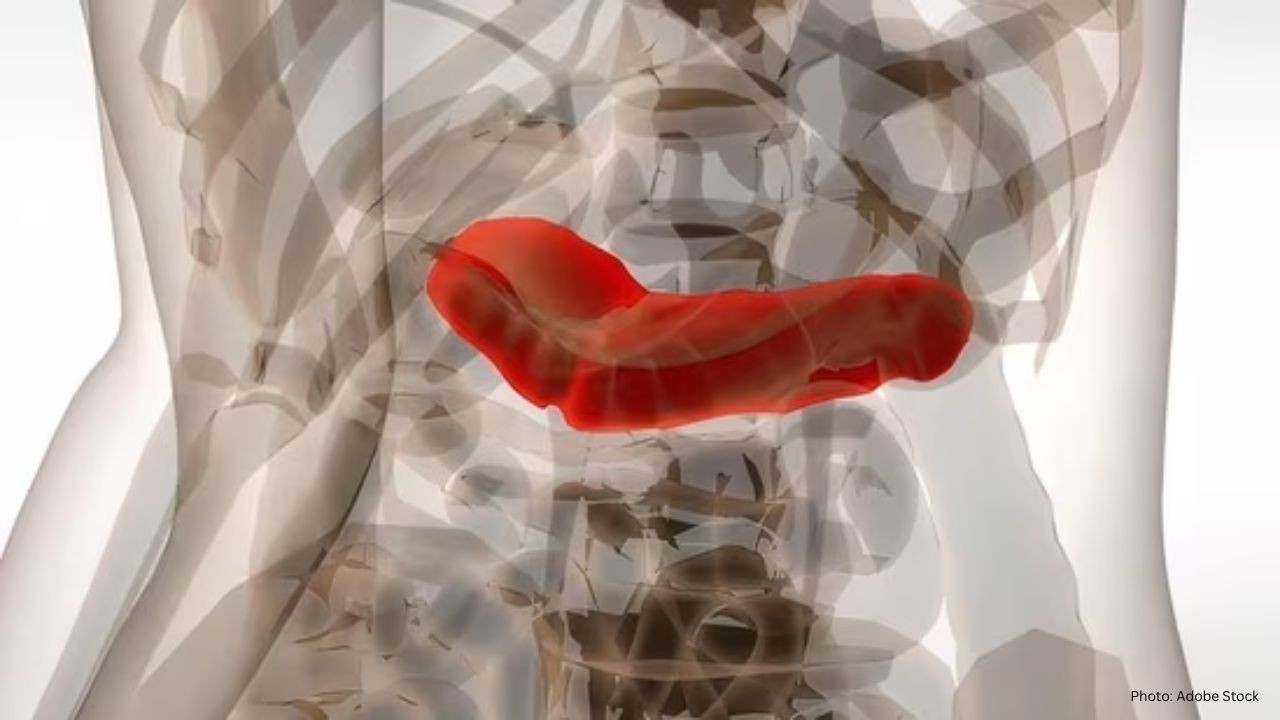
On World Pancreatic Cancer Day, Oncologist Shares 5 Early Warning Signs to Watch
Oncologist highlights 5 signs of pancreatic issues: abdominal pain, weight loss, stool changes, jaun

Dubai Rental Market A Global City with 200+ Nationalities
Dubai rental market shows over 200 nationalities thriving. Explore how culture, community, and diver

Nvidia Surpasses $57B Sales Amid AI Boom
Nvidia reports record $57B in sales, driven by AI chip demand, easing investor worries about a tech
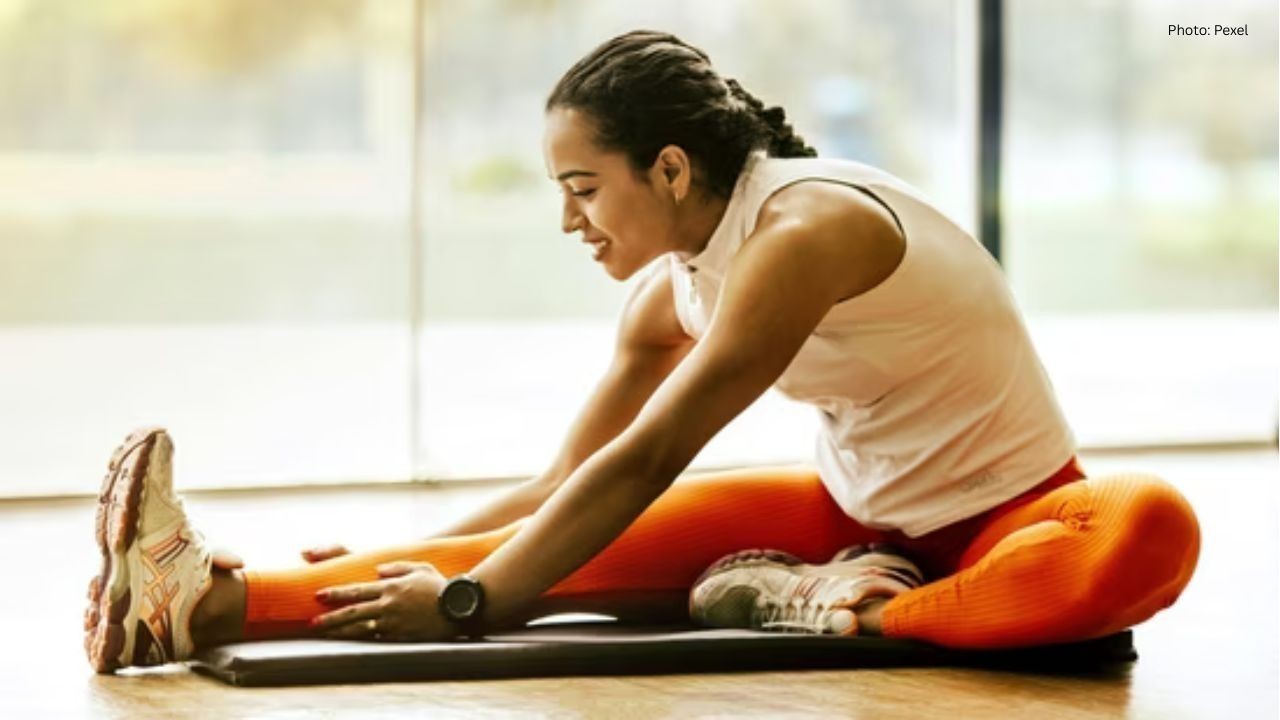
Fitness Trainer Shares 3 Key Tips to Lose Weight Safely During Menopause
Fitness expert shares 3 key tips for women to lose weight during menopause safely: patience, strengt

IAEA Board Demands Iran Reveal Uranium Stock and Nuclear Site Access
IAEA board demands Iran provide full access and report uranium stock. Iran urged by IAEA to update n

Tamannaah Bhatia’s Trainer Shares High-Protein Breakfast Bowl with 40 Grams of Protein
Tamannaah Bhatia’s fitness trainer shares an easy 40g protein breakfast bowl recipe to boost energy,
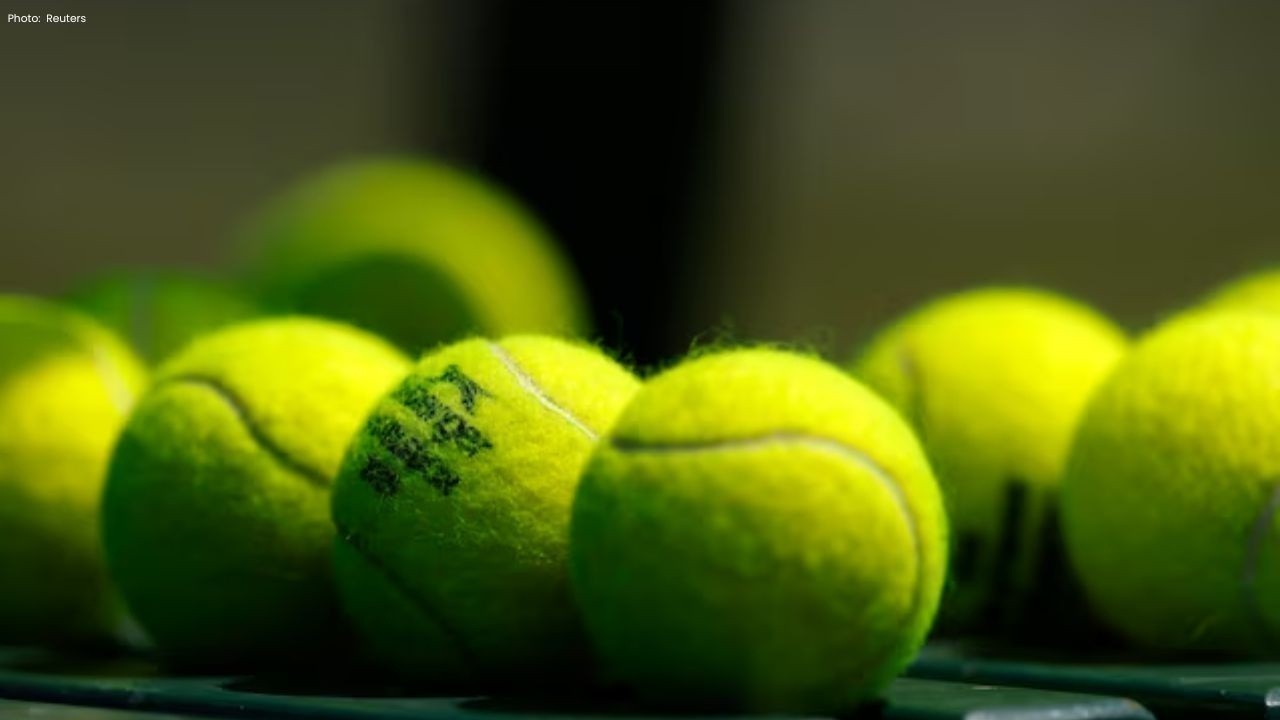
PTPA Nears Settlement with Tennis Australia Over Player Concerns
PTPA is close to settling with Tennis Australia over player welfare concerns and tournament practice

Mushfiqur Rahim Hits Century in 100th Test Against Ireland
Mushfiqur Rahim scored a century in his 100th Test against Ireland, becoming the 11th batter in hist
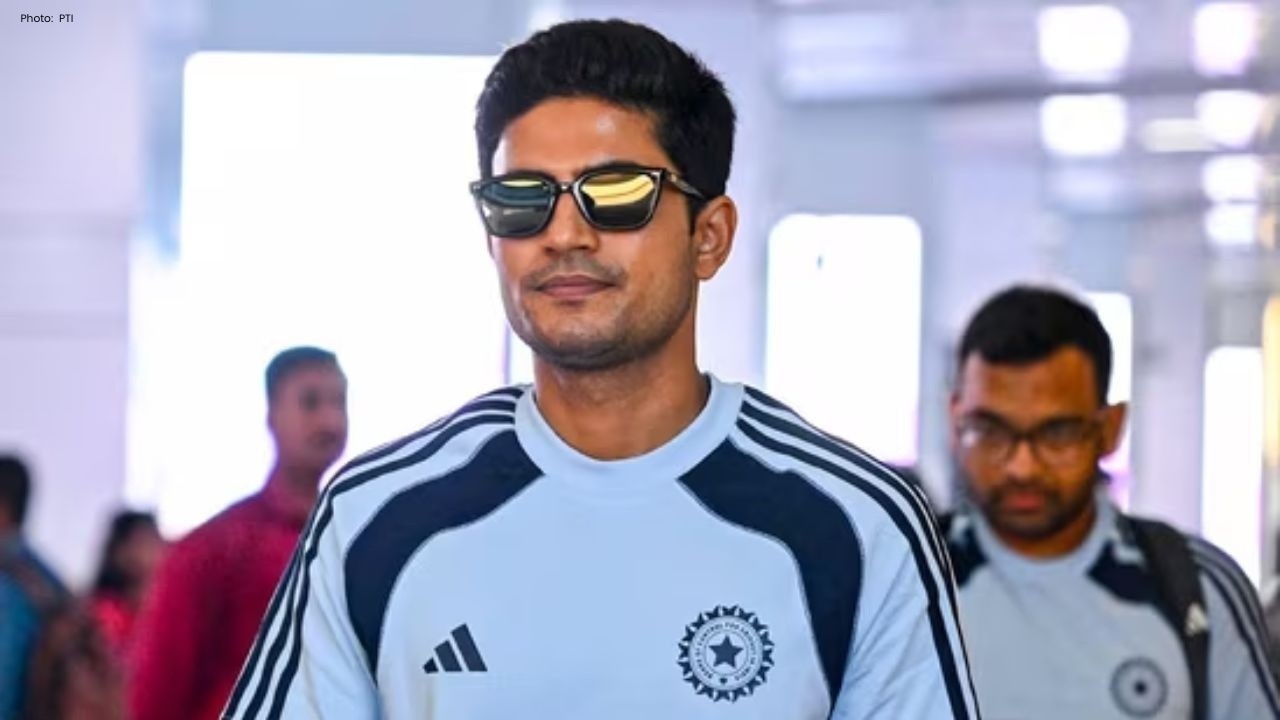
Shubman Gill Misses Second Test, Rishabh Pant to Captain India
Shubman Gill ruled out of second Test vs South Africa; Rishabh Pant captains, Sai Sudharsan steps in

Italy Beats Austria to Reach Davis Cup Semi-Finals 2025
Italy beat Austria 2-0 in Davis Cup to reach semi-finals, with Berrettini and Cobolli leading, setti
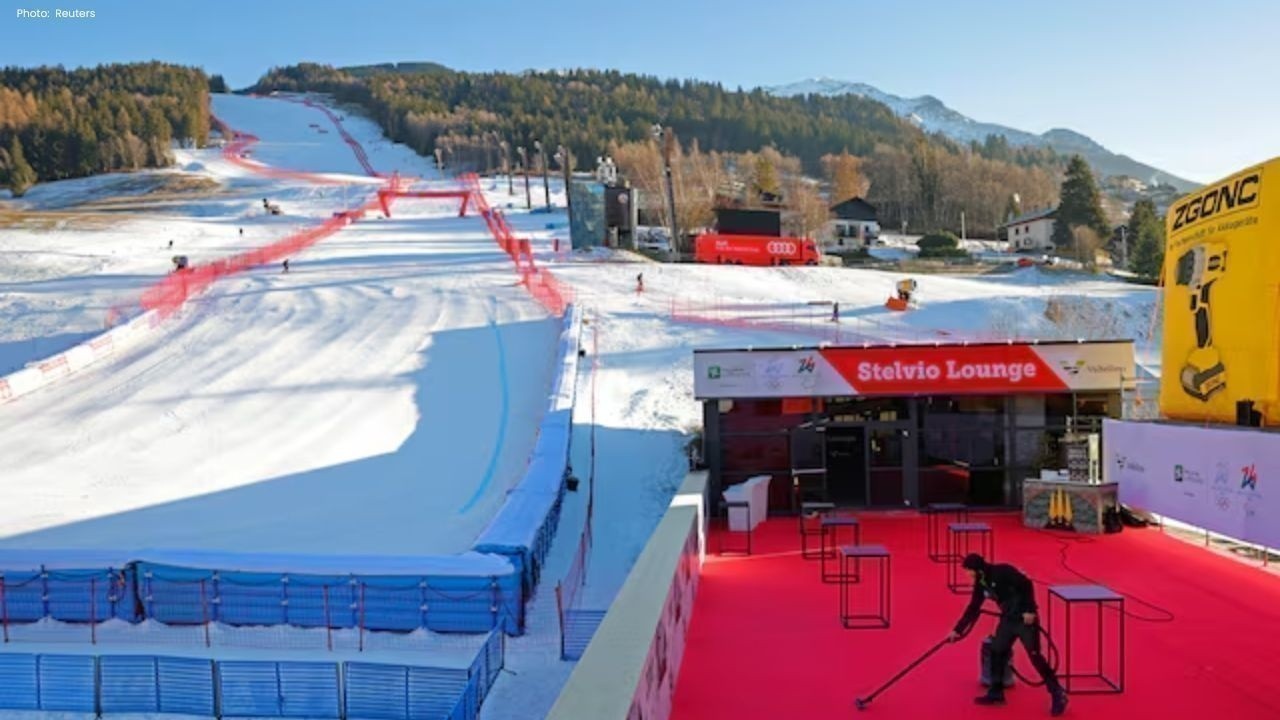
IIHF to Require Neck Guards at 2026 Milano Cortina Olympics
IIHF makes neck guards mandatory for players at 2026 Milano Cortina Olympics after a fatal 2023 inju

Jesper Wallstedt Leads Wild to 4-3 Win Over Carolina Hurricanes
Jesper Wallstedt made 42 saves and led Minnesota Wild to a 4-3 shootout win over Carolina, with Bold

Mushfiqur Rahim Scores Century in 100th Test Against Ireland
Mushfiqur Rahim scored a century in his 100th Test against Ireland, joining cricket legends and mark

Sonam Kapoor Glows as She Announces Second Pregnancy in Diana-Inspired Look
Sonam Kapoor announces her second pregnancy in a Princess Diana-inspired pink outfit, receiving warm